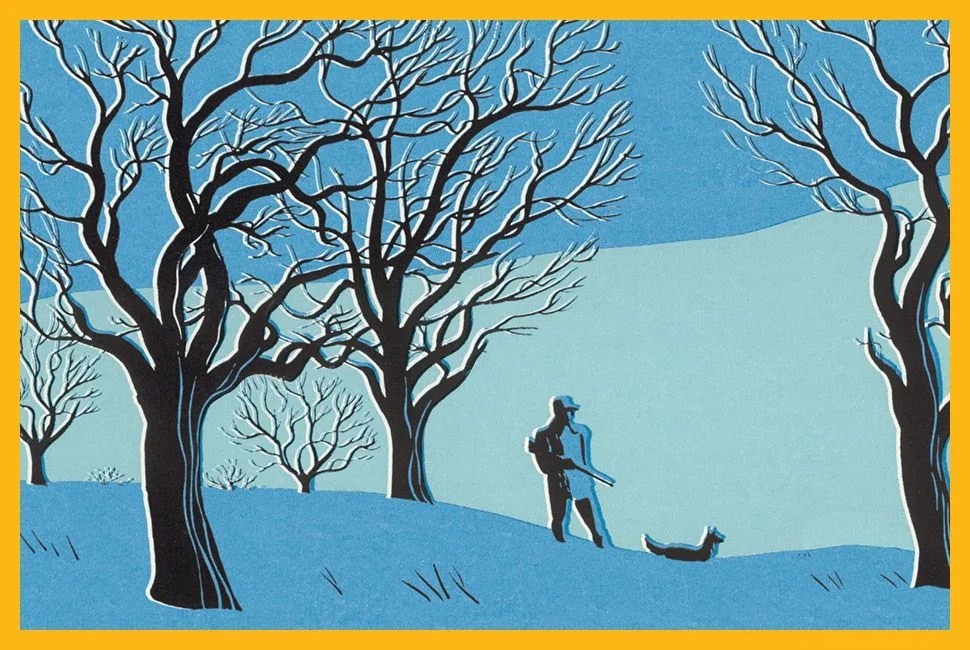Short of finding where the grocery store relocated the canned goods section, there’s not much a modern man has to do to hunt down grub. Which is nice and all, but if shit ever hits the survival fan and you’re without sustenance in the cruel outdoors, you’ll wish you knew what you were doing. Hunters, you’ve no doubt learned a few tricks of the trade to give you an advantage in the field, but that may or may not include how to track an animal in the wilderness, or even set up a proper shelter in the field. Think tracking’s a skill you’ll never use? Don’t doubt.

Animal tracking isn’t something you learn overnight. It’s a skill gained over years of learning and time in the field, a holistic skill that uses all of your senses. It takes time and attention to learn a local ecological system, which will give you a much deeper understanding of the animals that reside there or migrate through. Taking all the factors into account — landscape, habitat, seasons, travel routes, scat (droppings), hair and feathers analysis — is a lifelong learning process of becoming an expert tracker. That said, there’s a few rules you can learn to get you started. Here’s a quick guide to learning how to track an animal, should you ever find yourself really, really screwed — or just on the hunt.
1 Start with some indoor/outdoor studying. Before you get out there, educate yourself. Pick up a copy of the Peterson Field Guide to Animal Tracks and start studying. Number of toes, presence of claws or nails in the prints, walking or running patterns, movement — all are vital to telling the difference between a skunk and a squirrel. It could make the difference between a light meal and a heavy odor. You might think you’re tracking a big raccoon and instead find yourself in a tussle with an angry, rabid bobcat — not good. Know the tracks before you go.
Once you’ve got a fairly firm grasp on the various types of animal tracks and your purpose in tracking them down — for hunting, survival or just an affinity for nature — test your abilities, but don’t be afraid to bring the guidebook with you. It’s good to have the two-dimensional tracks there to verify the three-dimensional ones.
Also, while you’re out there bring a camera, notebook and pen. The best places to find tracks are areas where there’s a proper medium to imprint — moist dirt, mud, wet sand and snow — and once you find a set, check them against your guidebook. Take notes on what you see. Conditions, time of day, medium, size and depth of tracks. Start taking photos to study back at home, but keep the majority of your study out in the field. Repeated familiarity with actual animal tracks is the best way to learn.


